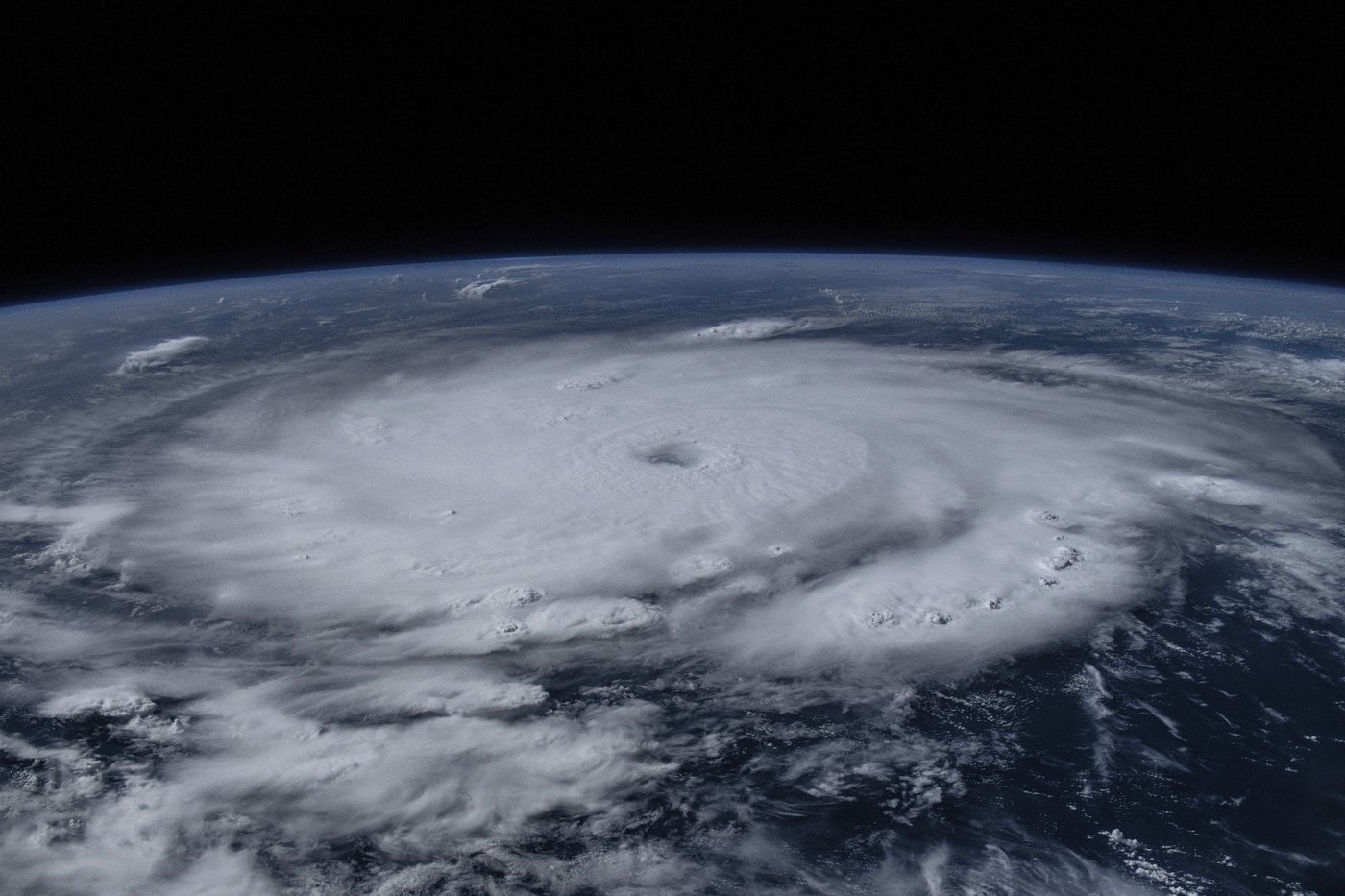Hurricane Beryl’s Path and Intensity
Hurrican beryl – Hurricane Beryl is an active tropical cyclone that has been monitored by the National Hurricane Center (NHC). It originated as a tropical wave over the Atlantic Ocean and has since intensified into a hurricane.
The storm’s track has been moving west-northwestward, with a gradual shift towards the northwest. As of the latest advisory, Hurricane Beryl is located approximately 1,000 miles east of the Lesser Antilles. It is expected to continue on this general track, passing north of the Lesser Antilles and potentially impacting the Bahamas and the southeastern United States.
Hurricane Beryl, a formidable force of nature, roared across the Atlantic, leaving a trail of destruction in its wake. Amidst the chaos, a tale of compassion emerged from an unexpected source: a misgendering flight attendant ( misgendering flight attendant ) who found a moment of understanding and support for a transgender passenger.
As Beryl’s fury subsided, leaving behind a battered landscape, the story of this unexpected kindness served as a beacon of hope amidst the wreckage.
In terms of intensity, Hurricane Beryl has reached Category 2 status on the Saffir-Simpson Hurricane Wind Scale. It is currently packing maximum sustained winds of 110 mph, with gusts of up to 130 mph. The central pressure of the storm is around 975 millibars.
As the wrath of Hurricane Beryl rages on, leaving a trail of destruction in its wake, the world turns its attention to the devastation it has wrought. Amidst the chaos, news of Brandon Aiyuk , the talented wide receiver, has emerged as a beacon of hope.
While the storm continues to batter the coastlines, we pray for the safety of all those affected and hope that the recovery efforts will bring solace and rebuilding in the aftermath of this devastating natural disaster.
Potential Impact Areas
The potential impact areas of Hurricane Beryl include the Lesser Antilles, the Bahamas, and the southeastern United States. The storm is expected to bring heavy rainfall, strong winds, and storm surge to these regions. Residents in these areas should closely monitor the storm’s progress and take necessary precautions.
Impact and Aftermath

Hurricane Beryl’s wrath left a trail of devastation in its wake, causing widespread damage and destruction. The storm’s relentless winds and torrential rains wreaked havoc on coastal communities, uprooting trees, toppling power lines, and flooding homes and businesses.
In the immediate aftermath, emergency response teams were swiftly deployed to affected areas, conducting evacuations, rescuing stranded individuals, and providing essential aid. The swift and coordinated efforts of first responders, volunteers, and government agencies helped to mitigate the storm’s impact and save countless lives.
Economic Consequences
The economic fallout from Hurricane Beryl was significant. Businesses were forced to close, disrupting supply chains and causing financial losses. Infrastructure damage, including damaged roads, bridges, and utilities, further hampered economic activity. The storm’s impact on tourism, a major industry in affected areas, was particularly severe.
Environmental Consequences, Hurrican beryl
Hurricane Beryl also had a profound impact on the environment. Coastal ecosystems were severely damaged, with coral reefs and mangrove forests suffering extensive destruction. The storm’s powerful winds and waves eroded beaches and dunes, altering the coastline and threatening coastal habitats.
Furthermore, the storm’s heavy rains caused flooding and landslides, which washed away topsoil and polluted waterways. The environmental consequences of Hurricane Beryl will likely have long-term implications for local ecosystems and biodiversity.
Comparison to Other Hurricanes: Hurrican Beryl
![]()
Hurricane Beryl can be compared to other recent hurricanes in terms of strength, impact, and response. It is important to note that every hurricane is unique, and there is no such thing as a “typical” hurricane. However, by comparing Beryl to other storms, we can learn more about the nature of these storms and how to better prepare for them.
In terms of strength, Beryl was a Category 3 hurricane, with maximum sustained winds of 125 mph. This makes it a relatively strong hurricane, but not the strongest. In recent years, there have been several hurricanes that have reached Category 5 strength, including Hurricane Irma and Hurricane Maria. These storms caused catastrophic damage and loss of life.
In terms of impact, Beryl made landfall in Florida as a Category 1 hurricane, causing widespread flooding and power outages. However, the damage was not as severe as some other recent hurricanes. For example, Hurricane Michael, which made landfall in Florida in 2018, caused much more extensive damage. Michael was a Category 5 hurricane, and it caused widespread destruction along the Florida Panhandle.
In terms of response, Beryl was met with a swift and effective response from local, state, and federal agencies. This response helped to minimize the damage and loss of life. However, there were some criticisms of the response, particularly in terms of the evacuation of coastal areas. Some people felt that the evacuations were not ordered early enough, and that this led to unnecessary risk for some residents.
Lessons Learned
Hurricane Beryl provides some important lessons for future hurricane preparedness. First, it is important to remember that every hurricane is different. There is no such thing as a “typical” hurricane, and it is important to be prepared for a wide range of possible impacts.
Second, it is important to have a plan in place for what to do in the event of a hurricane. This plan should include evacuation routes, shelter locations, and a way to stay informed about the storm. It is also important to have a supply of food, water, and other essential items on hand.
Third, it is important to listen to the advice of local officials. If they order an evacuation, it is important to follow their instructions. Evacuations are not ordered lightly, and they are only done when there is a real threat to life and property.
Finally, it is important to remember that hurricanes can be a devastating force. However, by being prepared and taking the necessary precautions, we can minimize the damage and loss of life.